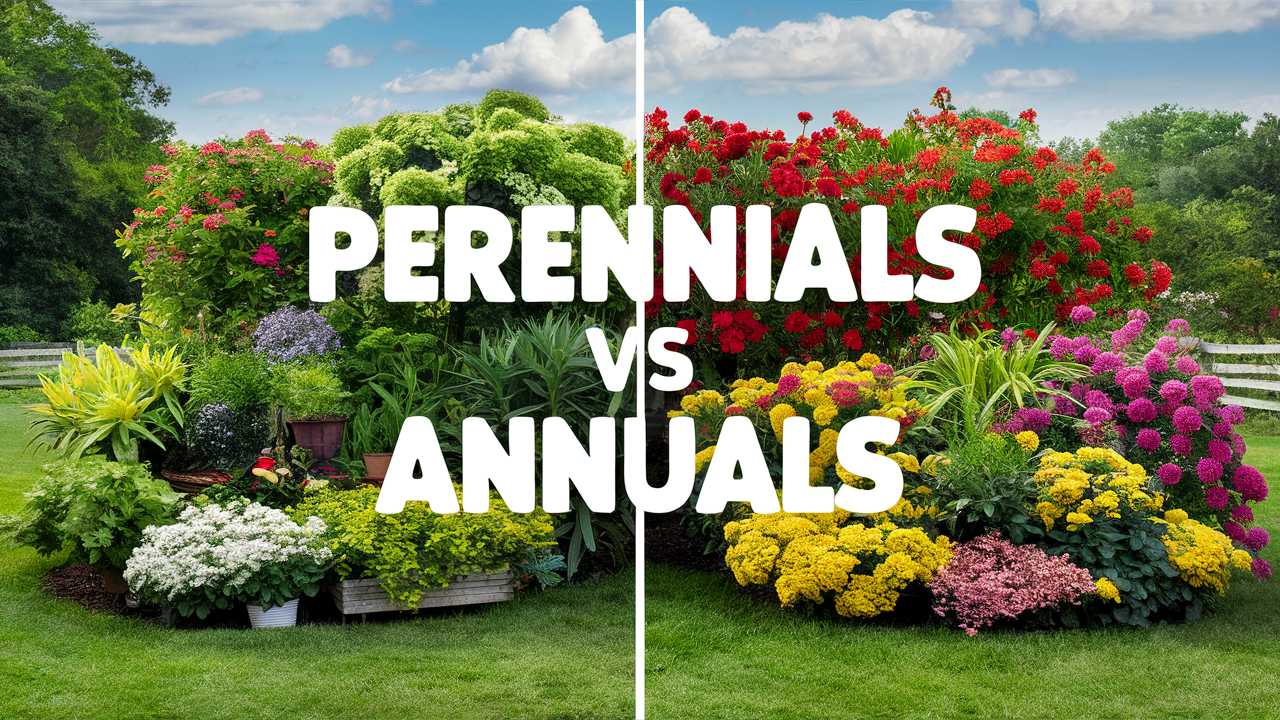When planning your garden, a fundamental decision revolves around the types of plants you’ll choose: annuals or perennials. Both categories have strengths and weaknesses, making them suitable for different gardening strategies and aesthetics.
In this guide, we will explore the distinctions between annuals and perennials, highlight the advantages of planting perennials, delve into the benefits of annuals, and wrap up with an introduction to biennials.
What’s the Difference Between Annuals and Perennials?
Before diving into specific plant types, it’s crucial to understand the basic difference between annuals and perennials.
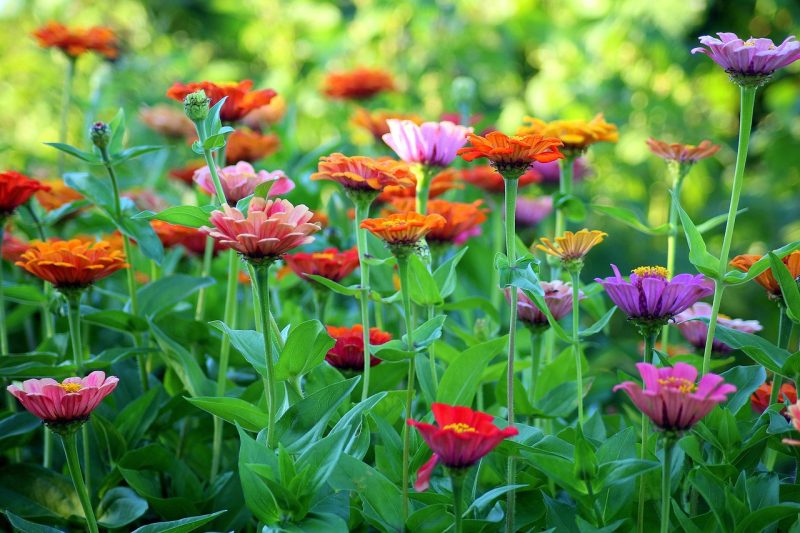
Annuals are plants that complete their entire life cycle within a single growing season. They germinate, bloom, produce seeds, and ultimately die within this time frame. This means they tend to provide vibrant color and continuous blooms from spring until they are killed by frost. Some well-known annuals include petunias, marigolds, and zinnias.
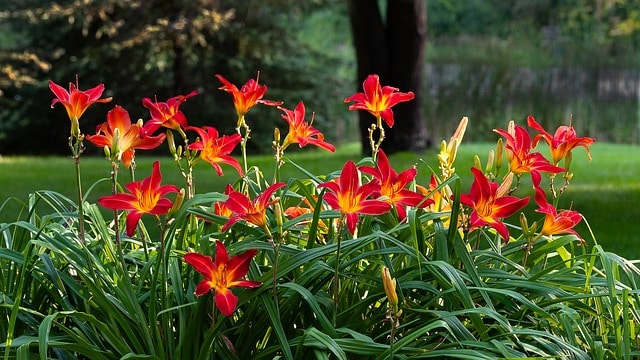
On the other hand, perennials are plants that live for more than two years. They may go dormant during the winter months and then re-emerge in the spring, returning stronger year after year. While they often bloom for a shorter duration compared to annuals, many perennials offer beautiful foliage and can create a more stable environment in the garden. Examples of popular perennials include hostas, daylilies, and peonies.
Understanding this key difference lays the groundwork for making informed decisions about your gardening preferences and needs.
Why You Should Plant Perennials
Choosing to fill your garden with perennials can fulfill several practical and aesthetic purposes. While both plant types have their merits, here are compelling reasons to favor perennials in your planting schemes.
Perennials Are Lower-Maintenance
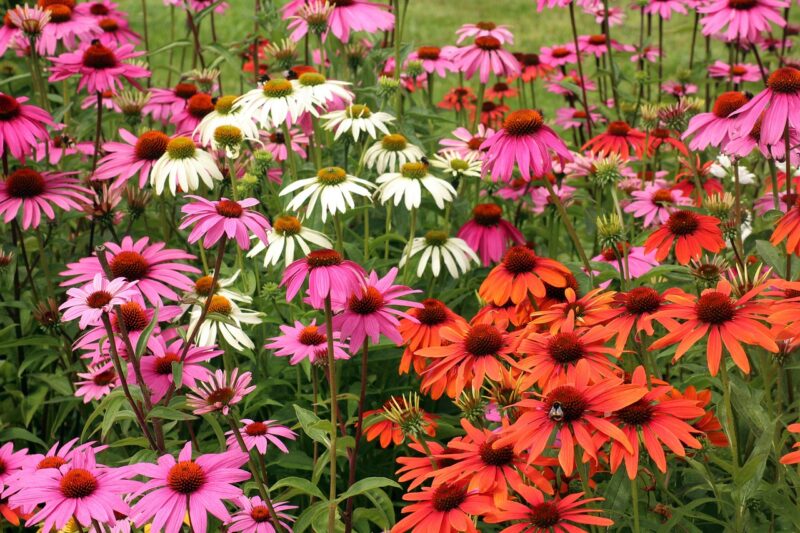
One of the most appealing aspects of perennials is their low-maintenance nature. Once established, these plants require less frequent watering and can usually survive with minimal care, unlike their annual counterparts, which may need regular watering, deadheading, and fertilization throughout the growing season.
Perennials have deep root systems that allow them to draw moisture from below the surface, helping them withstand dry spells without constant intervention. This characteristic makes perennials particularly advantageous for gardeners who may have busy schedules or those who prefer a more relaxed approach to gardening. For the time-crunched or the novice gardener, perennials can provide a robust solution thriving with little upkeep.
Perennials Are Less Expensive in the Long Run
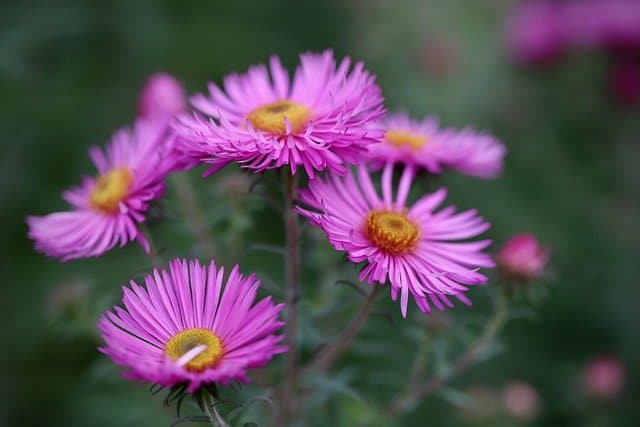
While the initial investment in perennial plants might be higher than that of annuals, it’s essential to consider the long-term financial implications. Since perennials can last for years—often decades—many gardeners find that their cost per growing season significantly decreases over time.
When you plant annuals, you must buy new plants each year, which can add up quickly. In contrast, many perennials can expand their populations through natural processes, such as division or reseeding, leading to even more plants in your garden without incurring additional costs.
Moreover, fewer purchases translate into less time spent shopping for plants and more time enjoying your garden. All these factors contribute to making perennials an investment worth considering for budget-conscious gardeners.
Perennials’ Hardiness Extends the Period of Floral Color
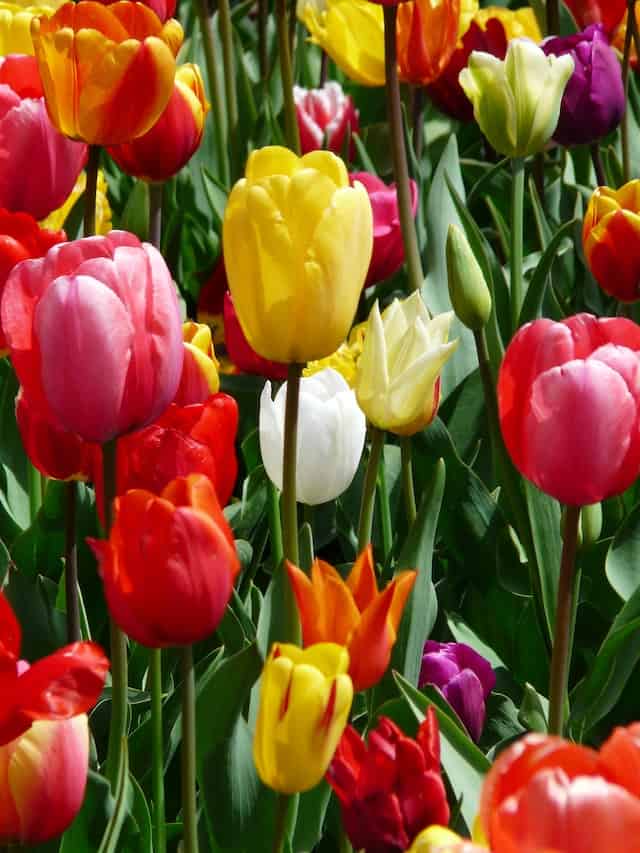
Contrary to the misconception that annuals always offer the brightest and longest-lasting color, strategically selected perennials can provide a remarkable burst of floral color throughout the growing season. Many perennials bloom at different times, ensuring your garden displays vibrant colors from early spring through late fall.
By incorporating a variety of perennials, you can create a dynamic garden that continuously evolves as blooms appear and fade. For example, early bloomers like crocus and tulips can provide color in March and April, while later-season perennials, like asters and chrysanthemums, can carry the color into late autumn. By choosing a range of plants, your garden can maintain interest and aesthetics for months with perennials alone.
Why You Should Plant Annuals
While perennials hold numerous advantages, annuals possess their own unique qualities that can greatly enhance your garden. Here are key reasons to consider planting annuals in addition to or instead of perennials.
Annuals May Reseed
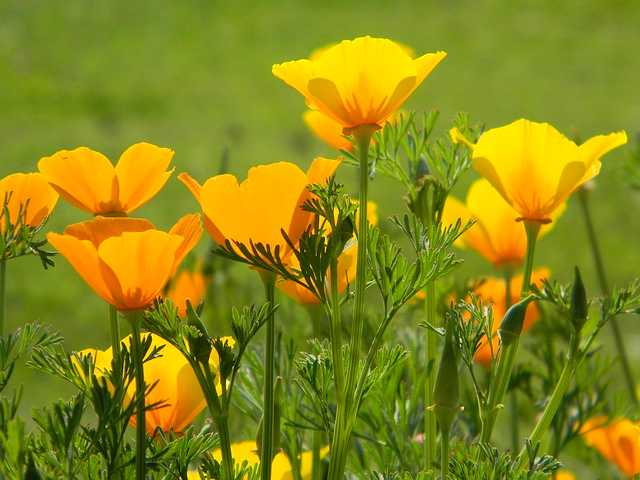
One captivating feature of some annuals is their potential to reseed themselves, creating a cycle of growth without requiring additional effort from the gardener in subsequent years. This means that if you find a favorite annual, such as California poppy or cosmos, it could return each spring, often in unexpected places, delighting you with surprises.
However, it’s important to note that not all annuals do this. Plants that naturally reseed can contribute to a more dynamic and evolving garden without the extra cost of replanting. Embracing this natural process can lead to a lower-maintenance approach, allowing gardeners to enjoy the beauty of flowers without feeling overwhelmed by planting schedules.
Long Period of Floral Color
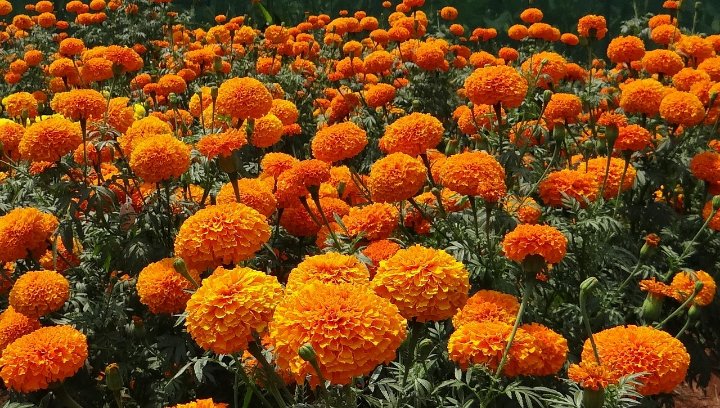
Annuals are well-known for their profuse blooms, often exploding with color and providing a non-stop show throughout the growing season. Unlike perennials, which may only bloom for weeks or months, many annuals are in a constant state of flowering from their season’s onset until the first frost.
This extended color can enliven your garden beds, patios, and containers, making them ideal for seasonal parties or occasions. You can switch to different varieties throughout the year, ensuring freshness and vibrancy that captures the essence of every season in a visually compelling manner.
Annuals Are Great as Bedding Plants
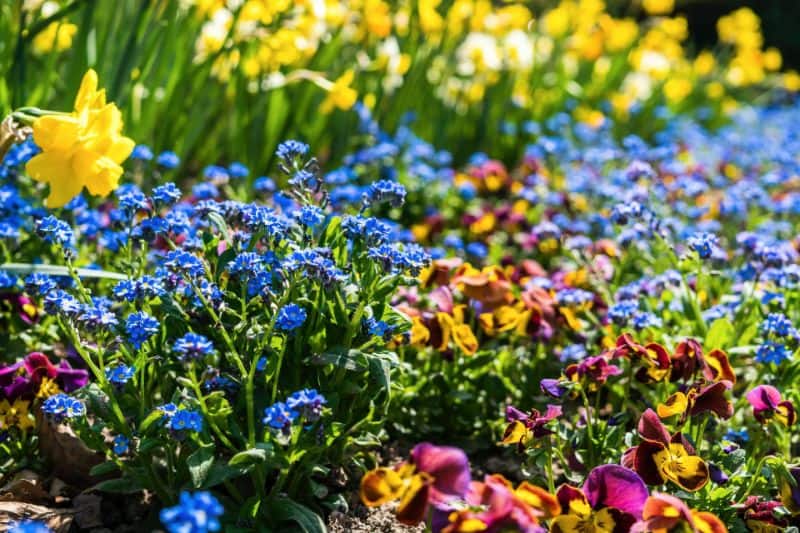
Due to their quick growth habit and impressive flower production, annuals are often favored as bedding plants. They can fill out empty spaces in your garden with stunning color and interest throughout the warmer months.
Planting annuals as bedding plants can also allow for easily coordinated color themes, making it simple to create visually appealing arrangements. The immediate impact of annuals can transform a dull outdoor space into a vibrant oasis, providing instant gratification for new gardeners and seasoned landscapers alike.
Ready Availability of Annuals Offers Flexibility
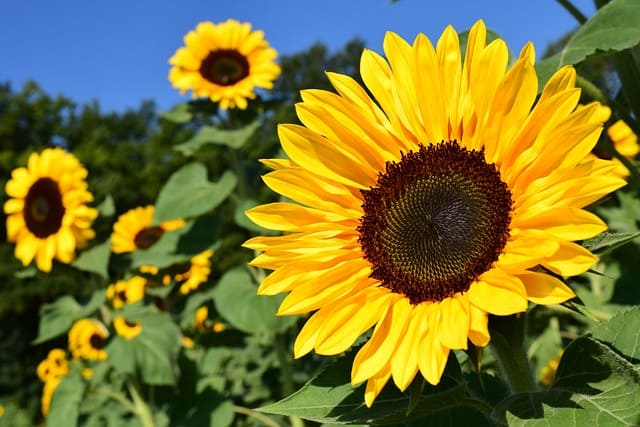
Annuals are widely available at garden centers and nurseries, making them a convenient option for gardeners who want to customize their planting layout each year. The sheer diversity of choices means you can change your landscape’s look with every growing season.
Whether you are seeking bold colors, subtler pastel shades, or unusual plant forms, the ready availability of annuals provides flexibility in creating your desired aesthetic. This characteristic is particularly attractive to those who enjoy experimenting with different color palettes, design styles, or even themed gardens.
So What Are Biennials?
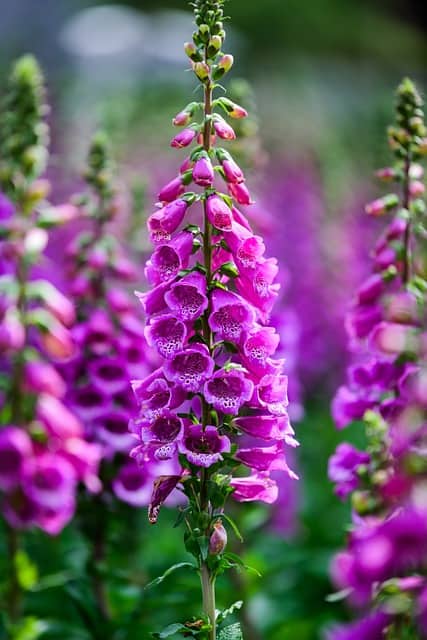
Biennials represent a plant category that provides a blend of the characteristics found in both annuals and perennials. These plants complete their life cycle over two growing seasons. In the first year, biennials typically grow foliage and develop roots, while they bloom and produce seeds in the second year before completing their life cycle and dying.
Common examples of biennials include foxgloves, hollyhocks, and parsley. Biennials can add an interesting aspect to your garden by providing blooms that vary from other life cycles. While they may require a bit more patience since their flowers won’t appear until the second year, they often offer a unique charm with surprising colors and shapes.
Incorporating biennials into your garden can create a sense of anticipation and longevity, as they complement the presence of annuals and perennials, adding to the complexity and diversity of your gardening landscape.
Conclusion
Making the decision between annuals and perennials is not simply a matter of preference but rather a strategic choice that can shape the entire gardening experience. By understanding the differences between these two categories and considering the specific advantages of each, you can cultivate a garden tailored to your aesthetic desires, maintenance preferences, and budget.


